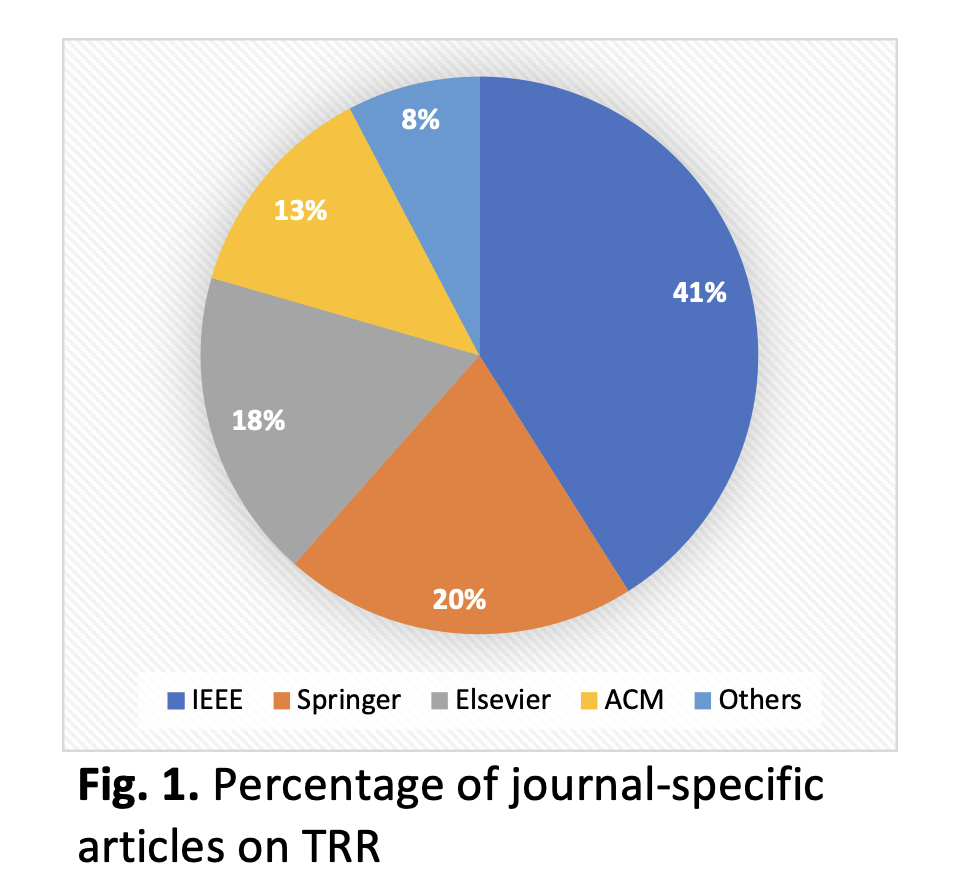Comprehensive Review on the State-of- the-arts and Solutions to the Test Redundancy Reduction Problem with Taxonomy
DOI:
https://doi.org/10.37934/araset.34.3.6287Keywords:
Test redundancy reduction, Test case reduction, Software testing, Test suite reductionAbstract
The process of software testing is of utmost importance and requires a major allocation of resources. It has a substantial influence on the quality and dependability of software products. Nevertheless, as the quantity of test cases escalates, the feasibility of executing all of them diminishes, and the accompanying expenses related to preparation, execution time, and upkeep grow excessively exorbitant. The objective of Test Redundancy Reduction (TRR) is to mitigate this issue by determining a minimal subset of the test suite that satisfies all the requirements of the primary test suite while lowering the number of test cases. In order to attain this objective, multiple methodologies have been suggested, encompassing heuristics, meta-heuristics, exact algorithms, hybrid approaches, and machine-learning techniques. This work provides a thorough examination of prior research on TRR, addressing deficiencies and making a valuable contribution to the current scholarly understanding. The literature study encompasses a comprehensive examination of the complete chronology of TRR, incorporating all pertinent scholarly articles and practitioner-authored research papers published in English. This study aims to provide managers with valuable insights into the strengths and shortcomings of different TRR methodologies, enabling them to make well-informed decisions regarding the most appropriate approach for their specific needs. The primary objective of this study is to offer a comprehensive analysis of Test Result Reduction (TRR) and its consequential impact on mitigating expenses related to software testing. This study makes a valuable contribution to extant literature by elucidating the present state-of-the-art and delineating potential avenues for future research.




























